Reviewed by Julianne Ngirngir
A fresh batch of Pixel 10 dummy photos just hit the web, and they're telling a story that Google fans have been hoping to hear. While the tech giant has been known to axe beloved features in recent years—goodbye Gallery app—these new leaks suggest one particular camera upgrade might actually be here to stay.
What you need to know:
Real-world photos show the Pixel 10 sporting three rear cameras, including a telephoto lens
The base Pixel 10 is expected to get its first telephoto camera, using the 11MP Samsung 3J1 sensor
Google's August 20 launch event will officially reveal if the feature makes the final cut
What the leaked dummy photos actually reveal
Let's break down what we're seeing in these real-world images. Chinese social media recently surfaced photos showing Pixel 10 Pro prototypes that look remarkably similar to the Pixel 9 series. But here's the kicker: the base Pixel 10 models in these shots clearly show three cameras instead of the usual two.
The telephoto addition isn't just wishful thinking from spec sheets—it's physically visible in these dummy units. Reports suggest Google will use the 11MP Samsung 3J1 sensor, the same one found in the Pixel 9 Pro Fold. That's significant because it demonstrates Google's commitment to cost-effective scaling rather than creating entirely new hardware pipelines.
These images also show the familiar camera bar design staying put, despite measuring slightly thicker at 8.6mm compared to the Pixel 9's 8.5mm. The extra bulk? Likely accommodating that third camera sensor while maintaining manufacturing efficiency by keeping the same fundamental design language that users recognize.
Why this telephoto upgrade matters more than you think
Here's where things get strategically interesting. Google has historically reserved telephoto cameras for its Pro models, creating a clear distinction between the $799 base phone and the $999 Pro version. Adding telephoto to the standard Pixel 10 could blur those lines while strengthening Google's competitive position against both budget alternatives and flagship rivals.
Think about the market pressure: the Pixel 9a just launched with impressive specs including a Tensor G4 chip, 120Hz display, and 5,100mAh battery for $499. That aggressive pricing puts the regular Pixel 10 in a challenging position where it needs substantial differentiation to justify its $300 premium. A telephoto camera could be exactly what transforms it from an incremental upgrade into a compelling value proposition.
The leaked specifications show the Pixel 10 getting a 50MP main camera, 13MP ultra-wide, and 11MP telephoto setup. While that ultra-wide sensor represents a step down from the Pixel 9's more advanced IMX858, Google appears to be redistributing its camera budget strategically—sacrificing ultra-wide quality to enable telephoto capabilities that users typically value more in day-to-day photography.
The Tensor G5 factor: why Google can afford to be generous
Don't sleep on the bigger strategic picture here. The Pixel 10 will debut Google's first fully custom Tensor G5 chip, built on TSMC's 3nm process. This isn't just another incremental upgrade—it represents Google's evolution from modifying existing chip designs to creating silicon specifically optimized for their computational photography algorithms and AI workloads.
Early reports suggest the G5 will deliver 30% faster boot times and significantly improved AI processing capabilities. More importantly for camera performance, this computational horsepower means Google can extract maximum value from any sensor configuration, potentially making an 11MP telephoto camera perform closer to higher-resolution alternatives through advanced processing techniques.
The leaked prototype reveals the Tensor G5 running with configurations like 2x Cortex-A520, 3x Cortex-A725, and 1x Cortex-X4 cores. That's serious computational photography horsepower that transforms camera limitations from hardware constraints into software optimization challenges—exactly where Google excels compared to competitors who rely more heavily on raw sensor specifications.
What this means for the August 20 launch
The timing of these leaks suggests Google has moved beyond internal prototyping into production readiness. Official imagery from Google's own Play Store listings shows the complete Pixel 10 lineup, and that base model clearly sports three rear cameras—a strong indication that this isn't changing before launch.
This strategic decision makes sense for Google's broader ecosystem goals. With the Pixel 10 series launching alongside Android 16 and promising seven years of software updates, Google needs to demonstrate that choosing Pixel means getting flagship features at accessible prices. A telephoto camera that was previously locked behind a $200 paywall represents exactly this kind of democratization of premium capabilities.
PRO TIP: If these leaks pan out, the Pixel 10 might represent the sweet spot for photography enthusiasts who want comprehensive camera systems without Pro pricing—especially considering the computational advantages of the new Tensor G5.
Where Google goes from here
This telephoto addition reflects Google's maturing approach to product differentiation. Rather than simply removing features from lower-tier models, Google is creating value through strategic hardware allocation while maintaining clear upgrade paths. By giving the Pixel 10 a telephoto camera while reserving Pro models features like higher-resolution zoom sensors, advanced display technology, and enhanced computational capabilities, Google establishes a more sophisticated product hierarchy.
These dummy photos suggest Google has internalized lessons from controversial decisions like removing the Gallery app without warning. Instead of taking away beloved features, they're strategically adding value where it creates the most user impact while supporting their long-term competitive positioning against Samsung's Galaxy lineup and Apple's iPhone ecosystem.
If these leaks prove accurate when the August 20 event arrives, the Pixel 10 could represent Google's most confident step yet toward making flagship camera capabilities accessible rather than exclusive. That's not just $799-cool—that's exactly the kind of strategic thinking that could expand Google's smartphone market share significantly.







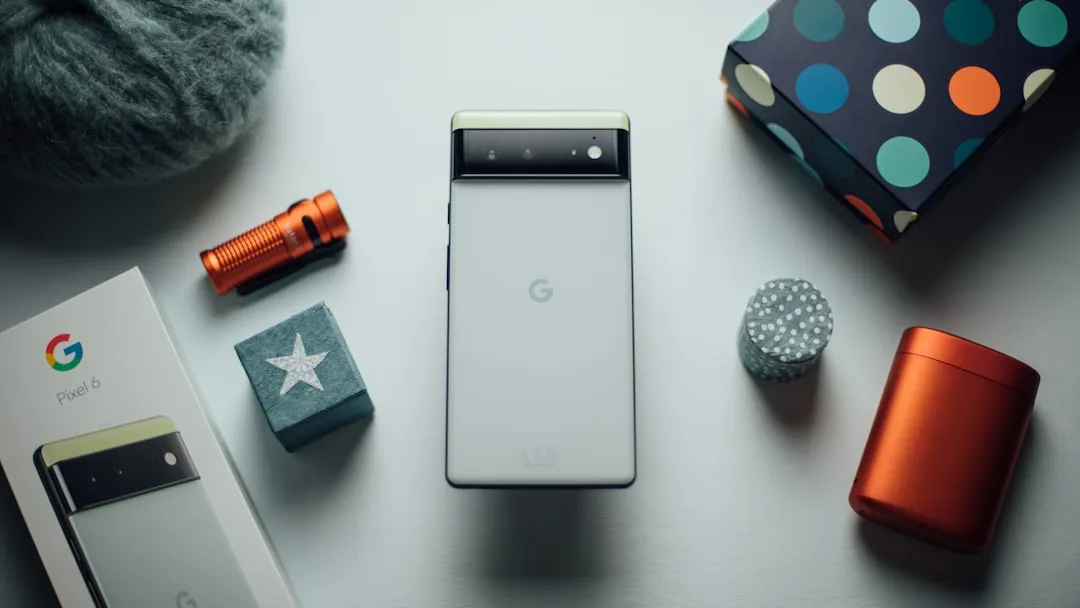




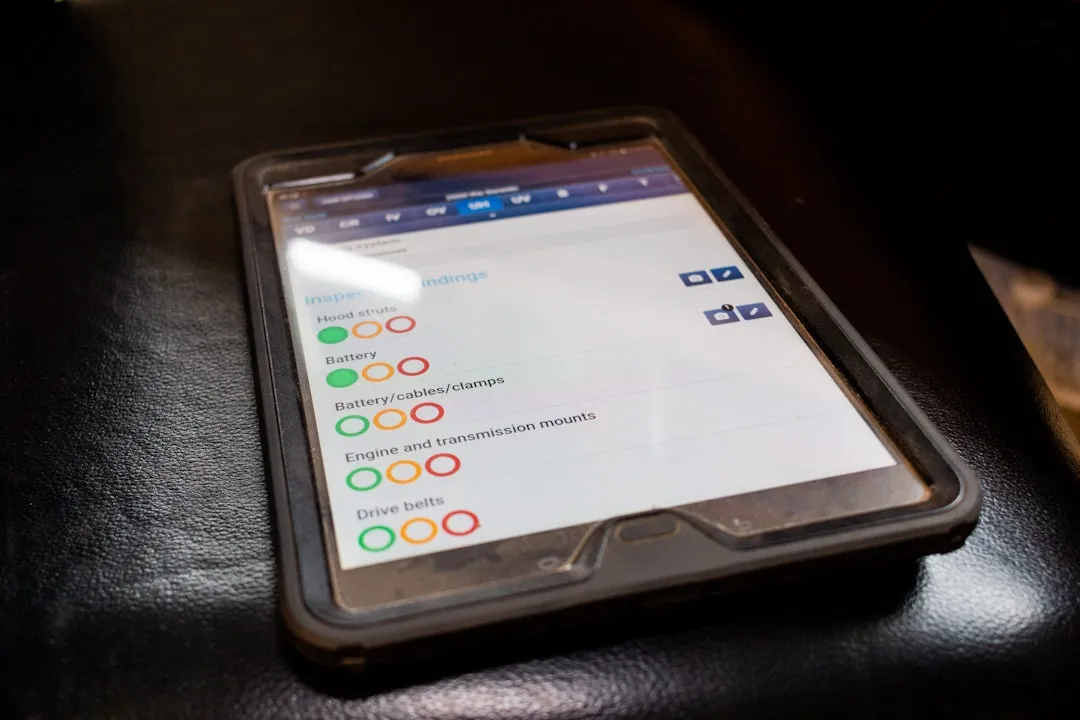


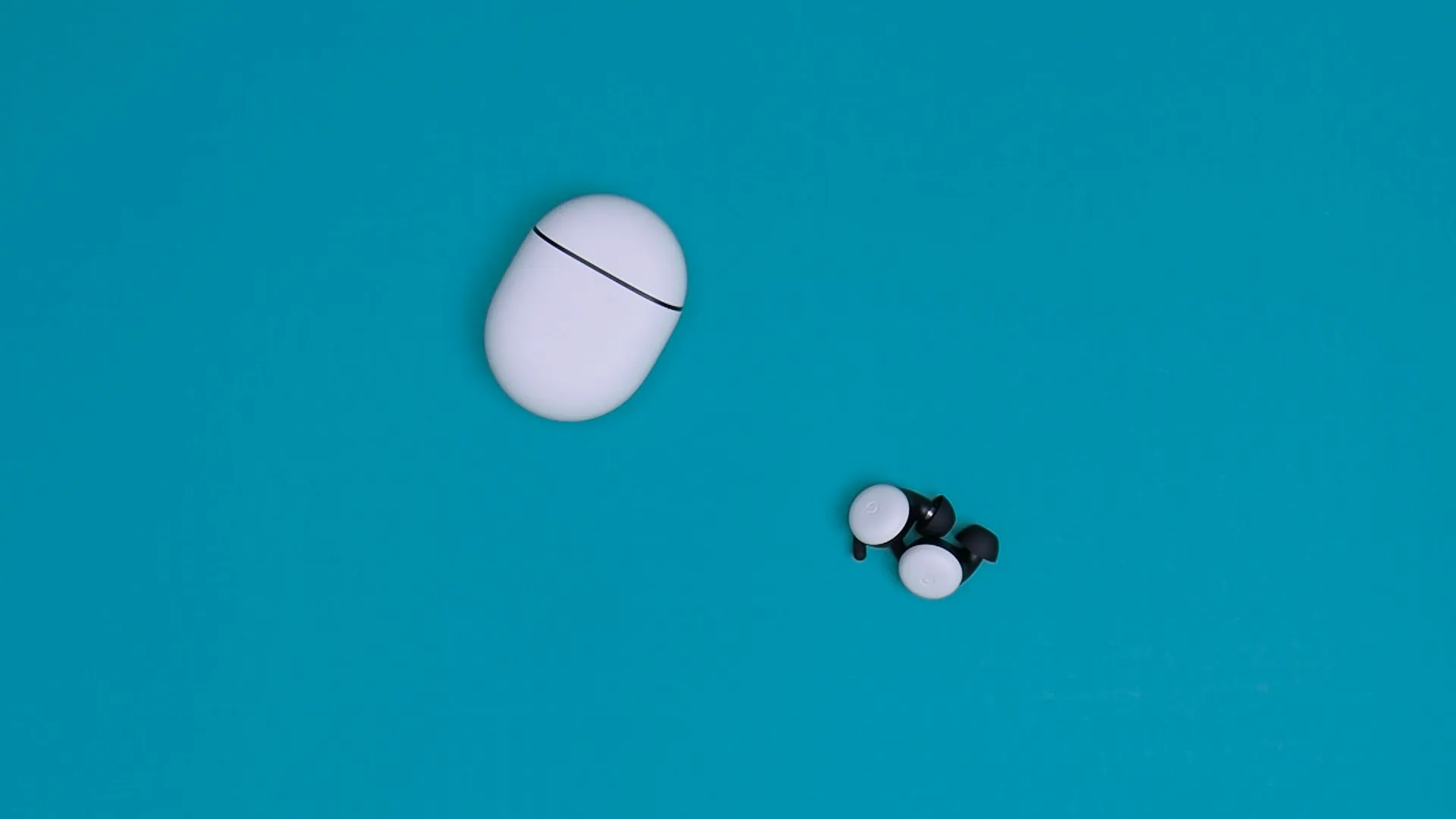




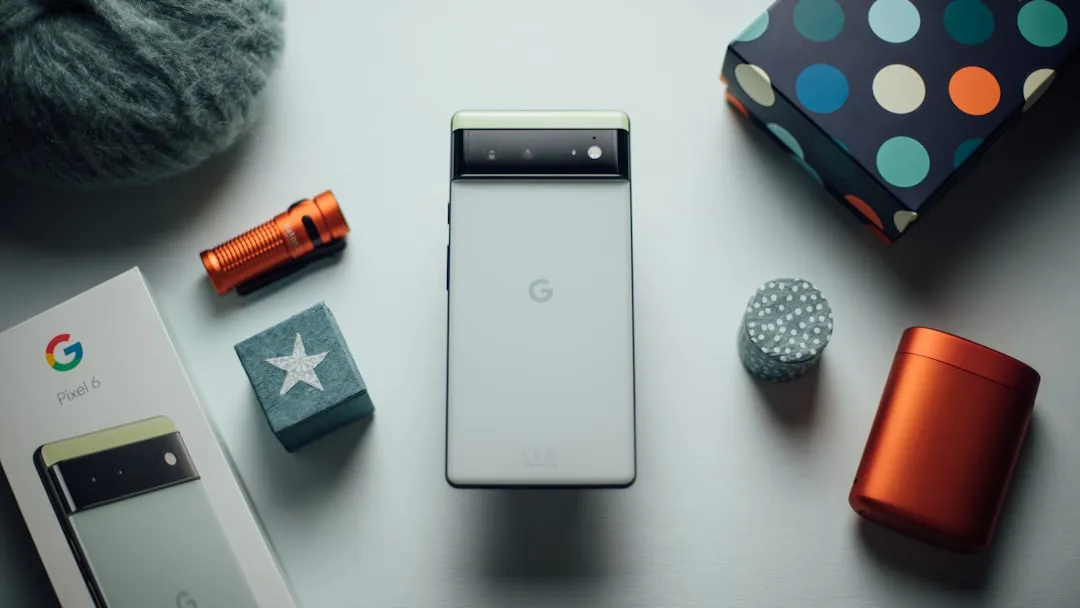

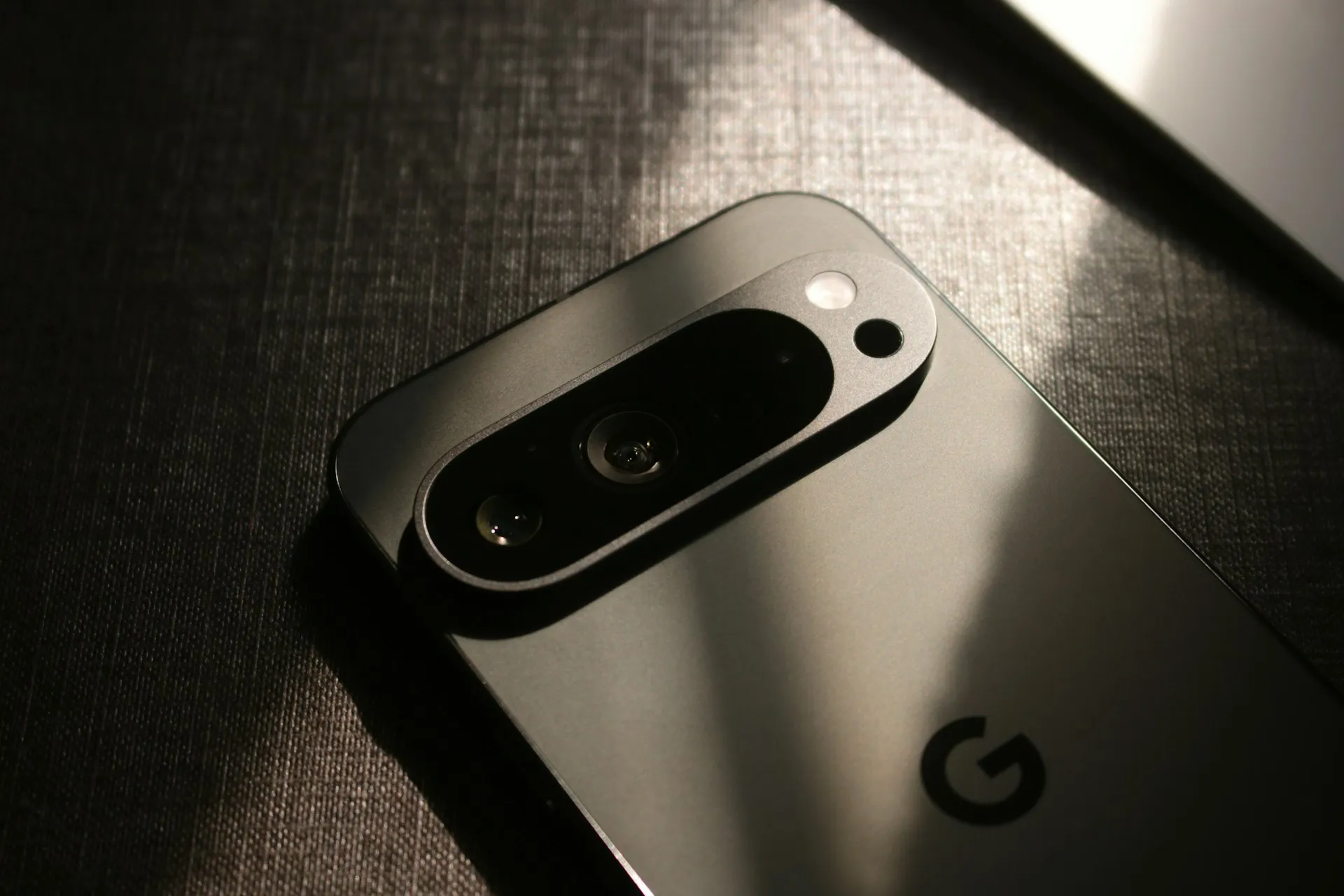
Comments
Be the first, drop a comment!